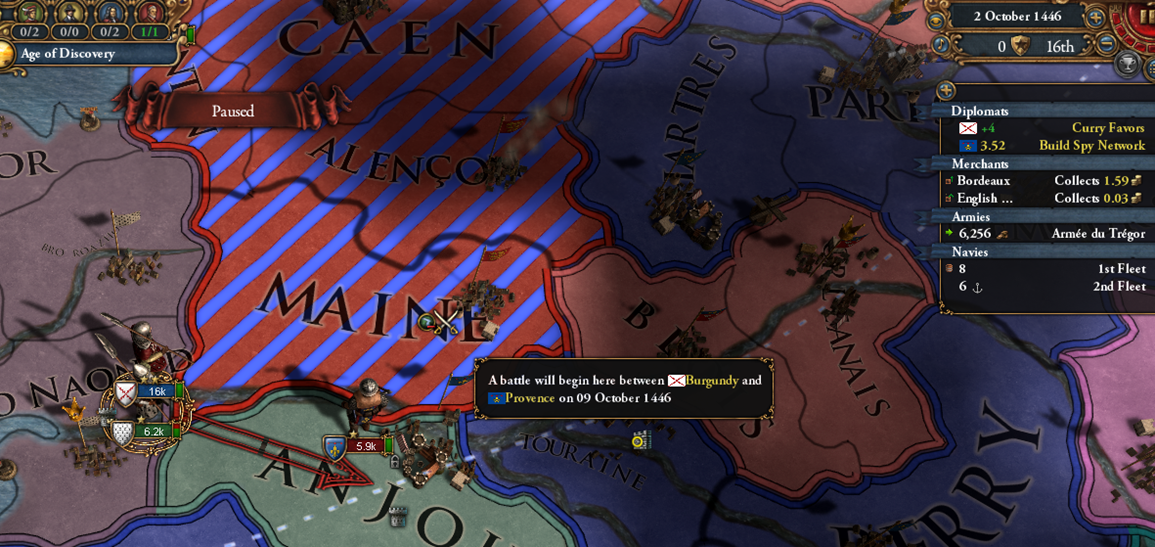This is more of an old habit. There used to not be alerts for when you could interact with the estates. So you had to remember when the cooldowns expired (and remembering one date for all three is easier than three separate dates).What’s the significance again of synced timers?
I still like to try and keep the timers linked, but sometimes that's not possible (you can't seize land during war, as an example).
Yes, I think so. Flexibility is always good when strategizing.Gut feel would be more small increments: sounds more flexible.
If you hover over the development button on a province, the tooltip should mention that it increases your Crownland by a small percentage for each click. So if you do a lot of development clicks, your Crownland will increase.By developing provinces? How does that work?
I'll try that. Thanks!Per above, recommend some sample checks on bigger shots once in a while to see how they look.
- 3























